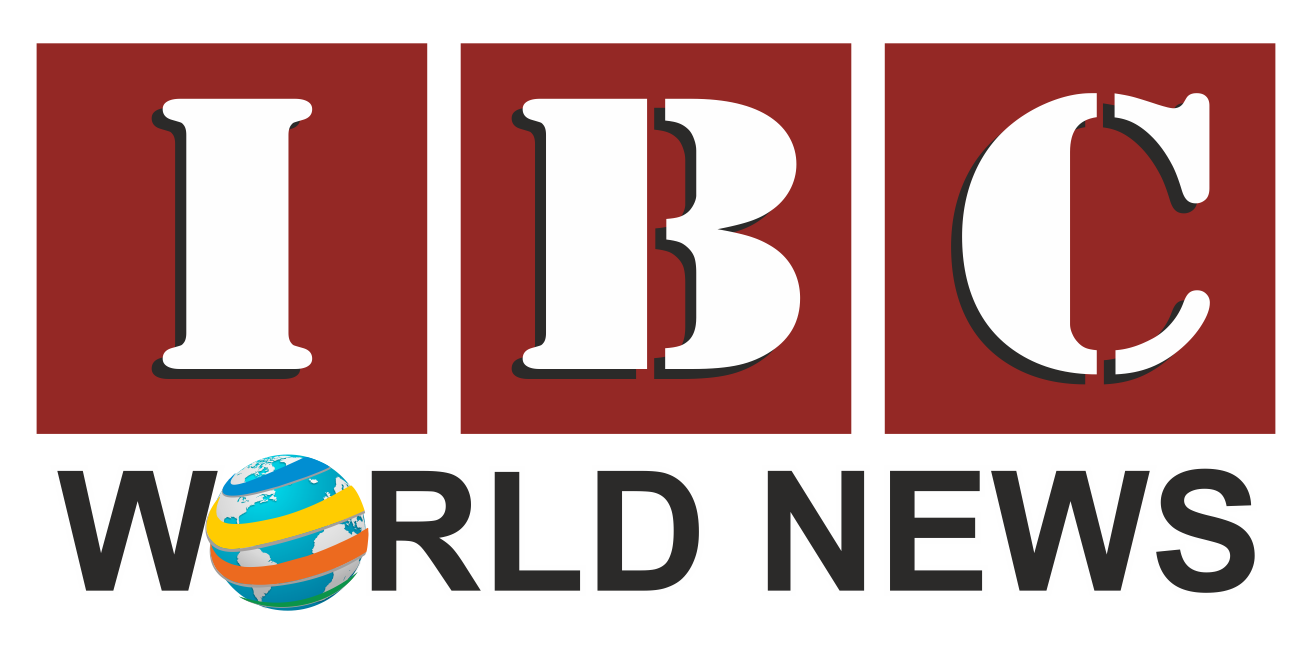Thiruvananthapuram
Kerala Education Minister V. Sivankutty on Monday sharply criticised Union Minister Suresh Gopi for calling those who raised allegations of voter list manipulation vanaras (monkeys). In a Facebook post, Sivankutty described Gopi’s remark as insulting, unfortunate and undemocratic, saying it was unbecoming of a public representative. He emphasised that raising complaints about electoral rolls is essential to uphold democracy and that ridiculing such concerns undermines citizens’ trust.
Sivankutty urged Gopi to retract his statement and apologise, adding that political differences should not justify personal insults. The minister’s response came after Gopi dismissed the allegations, suggesting complainants approach the Election Commission or courts. District Congress Committee president Joseph Tajet also criticised the remark, saying it was an attempt to divert attention from the charges. The Congress recently alleged that Gopi submitted a false declaration to be included in the Thrissur voters’ list during the 2024 general election and has filed a police complaint.



